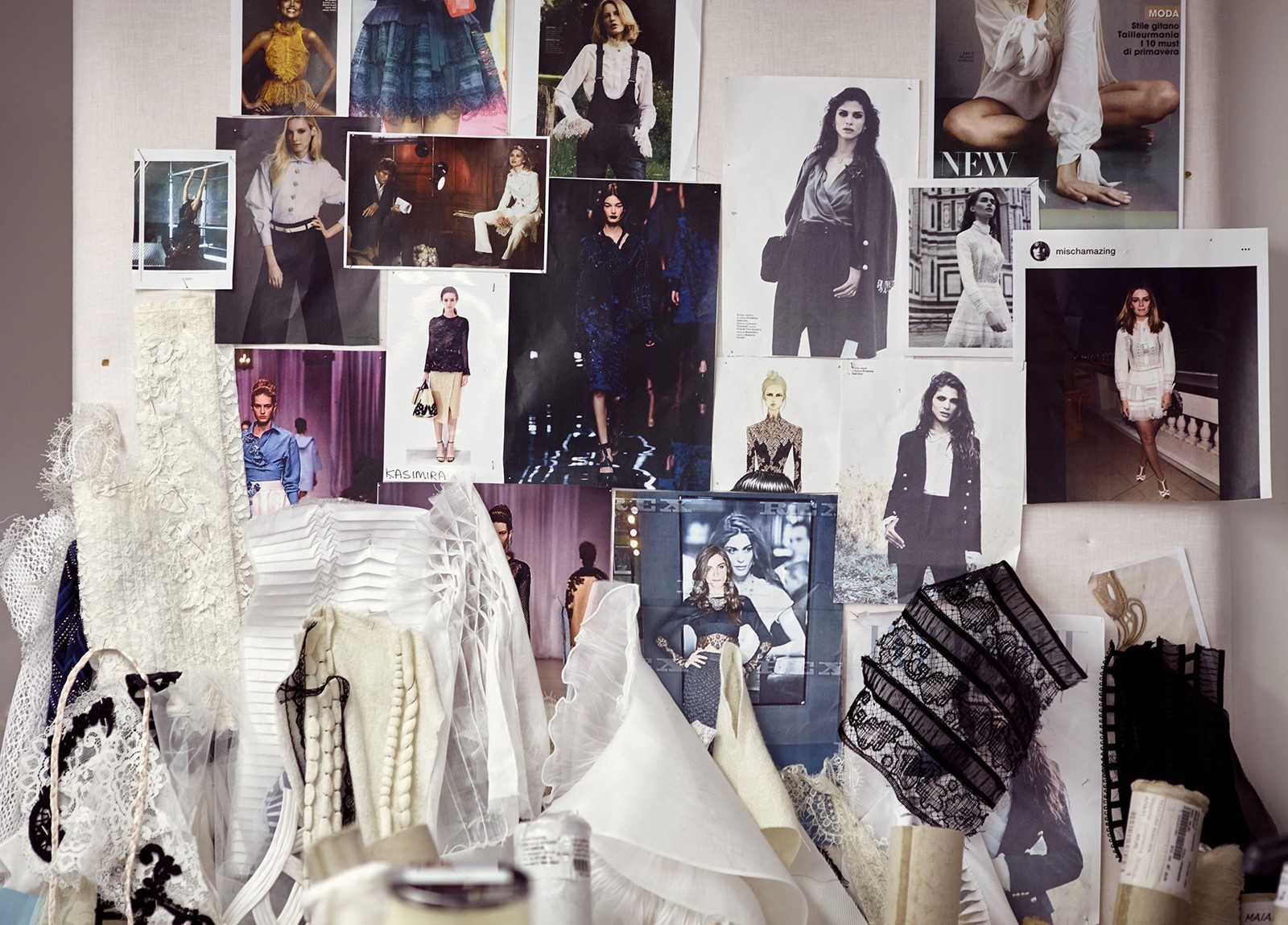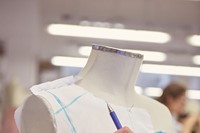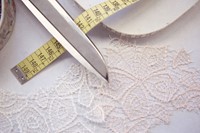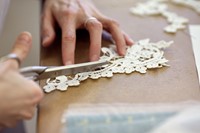In an age which has seen the fetishisation of artisanal products, the term ‘Made in Italy’ still implies the same luxury fabrics, finishes and high-quality production values that it has done for centuries. And in the Florence region as nowhere else in the world, local production seems to equate directly to greatness, in arenas ranging from food and wine to pharmaceutical products and fashion.
Take, for example, the production of Catherine de Medici’s favourite fragrance – the classic Acqua di Santa Maria Novella, in case you were wondering – at the Farmacia of the same name founded by Dominican monks in 1221, which is still produced today in much the same way as it was for her Highness in the late-16th century. Or, similarly, wine-making; the Chianti region’s Antinori vineyard sees just two million bottles of wine produced each year – a comparatively small haul, but one which places emphasis on using machinery to refine and improve upon the work humans can do by hand. From one industry to the next, Florence continues to celebrate small-run production and a hands-on approach.
Naturally then, the same goes for the atelier of Ermanno Scervino, a 2000-founded Italian fashion brand which prides itself on creating ready-to-wear with all of the attention to detail necessitated by haute couture. The brand’s Florence headquarters house both its teams and its atelier, overseen by premier Gabriella Maiani, who has worked with the eponymous founder for almost 20 years. Florence’s identity remains at the front and centre of the brand’s consciousness. “If things are produced far away they lose their magic,” Scervino tells AnOther, gesticulating with a distinctly Italian flourish. “This territory is particularly renowned for embroideries and laces; English noblemens’ fineries and linens were produced here until the 16th century. That’s why the company is here. ‘Made in Italy’ means excellence.”
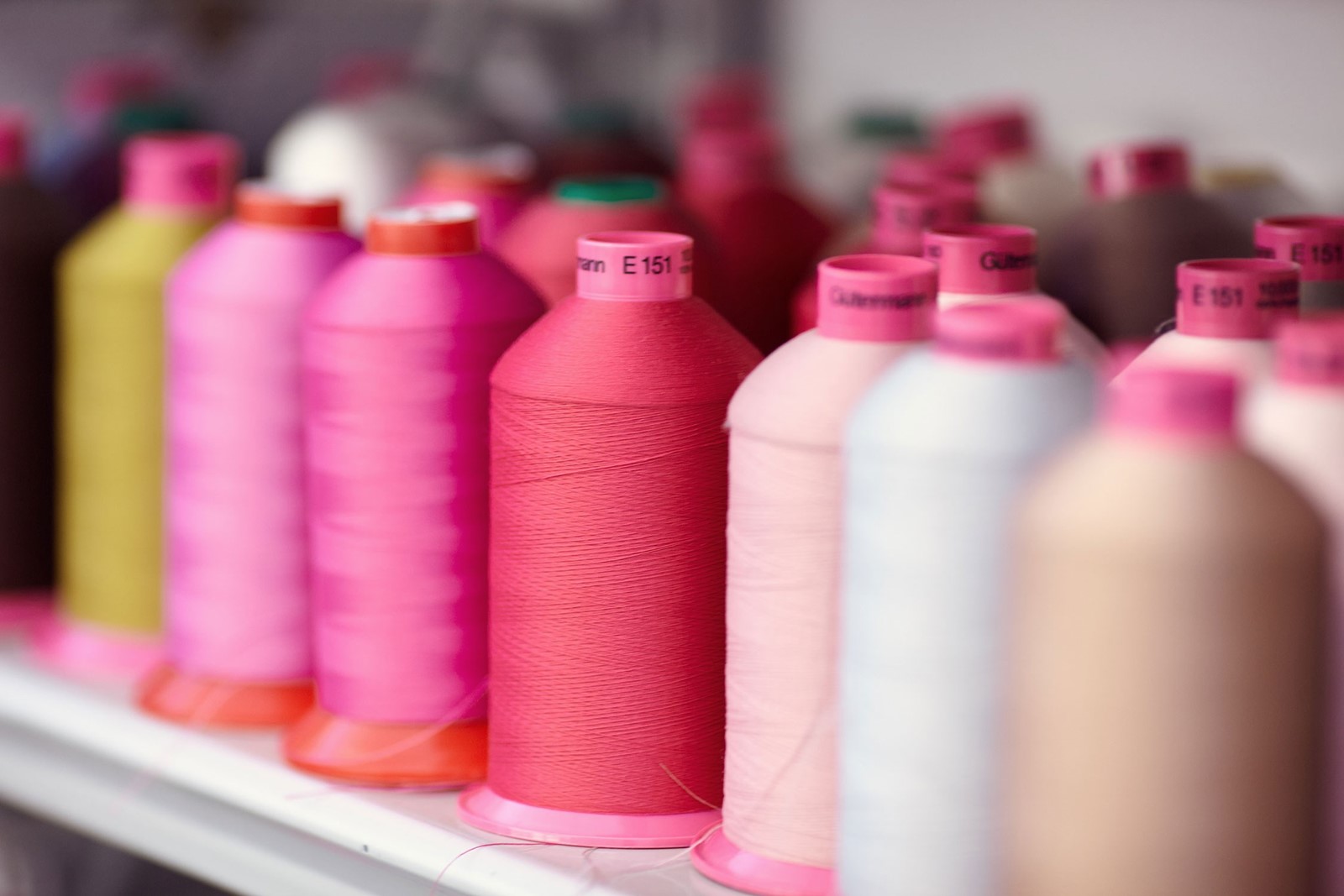
Techniques, too, are of paramount importance here, from the house’s trademark crosshatched pleating – where metres of fabric are painstakingly ruched to create richly textural honeycomb-like forms – to the knitting machines, which are taught over the course of months to replicate the intricate needlework that only the human hand has previously been able to master. The house has become famed in particular for its singular way with lace – this decorative finish has been produced in the region since its conception in the 1500s, and continues to play a crucial role in Ermanno Scervino collections today.

While the initial designs are all created in this atelier, which houses the calm but busy group of highly skilled seamstresses that Signora Maiani refers to proudly as the lifeblood of the brand, they go on to be produced in small dedicated factories around Italy, ensuring that the production values stay as high as under her watchful eye. This approach pays off in spades; Ermanno Scervino designs are sold in just under 3,000 stores around the world, bringing that essence of Florentine manufacture to locations across Europe, Asia and in some fortunate spots in the USA.
The future is less certain, Scervino explains. Amongst a new generation of Italian craftspeople, it’s becoming decidedly more difficult to source those willing and equipped to continue with the scrupulous production methods used in times gone by. For the moment, however, the atelier continues, setting its ‘Made in Italy’ legacy in cloth and thread to be experienced, and treasured, by dedicated aficionados around the world.

With thanks to Ermanno Scervino.
